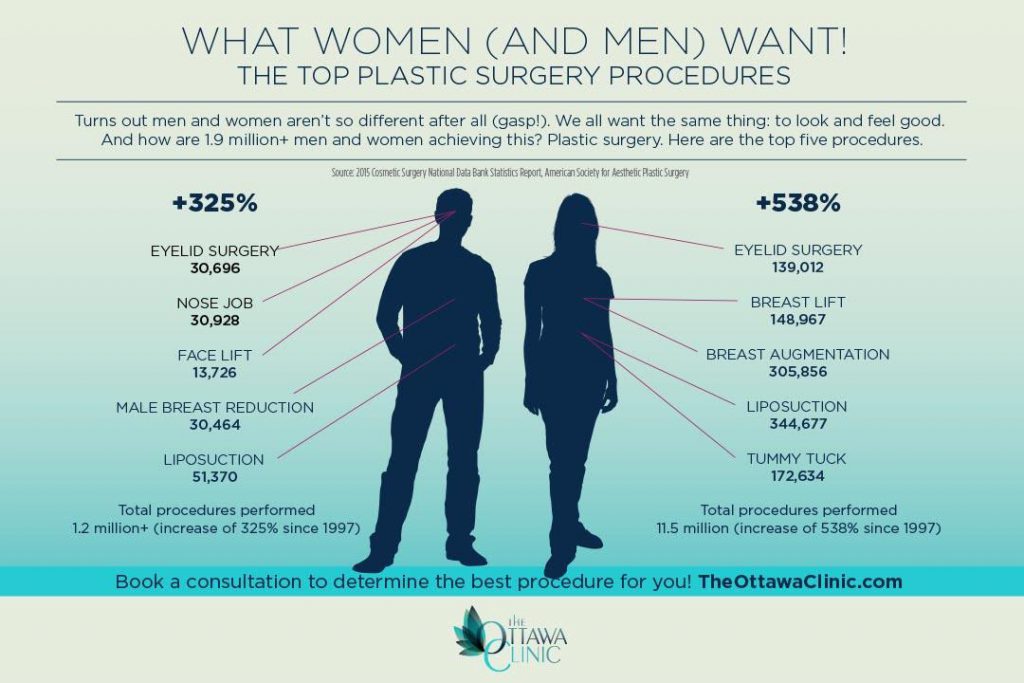Does Dirty Skin Cause Acne
Does Dirty Skin Cause Acne
Blog Article
Hormone Acne - What is Hormonal Acne?
Hormonal acne is characterized by clogged pores and oily skin that generally appears on the chin and jawline. It takes place when hormonal changes trigger swelling and microbial overgrowth within hair follicles.
Outbreaks might look like whiteheads, blackheads, papules or pustules and cysts or blemishes in more severe cases. It is much more typical in teenagers experiencing the age of puberty but can affect adults of any age.
What Triggers Hormonal Acne?
While acne can be triggered by a selection of variables, consisting of using hair and skin care products that aren't oil-free or made with ingredients that could clog pores, genetic tendency, diet plan,2 and anxiety, the origin is rising and fall hormonal agents. Hormone acne takes place when the body experiences hormonal changes and fluctuations that lead to an overproduction of sebum, which causes inflammation, enhanced growth of germs and adjustments in skin cell task.
Hormone acne is usually located on the reduced jawline, cheeks and neck yet can show up anywhere on the body. It is identified by imperfections that are cystic, painful and loaded with pus or other material. It is additionally more probable to take place in females than males, especially during puberty, the menstruation, pregnancy or menopause.
Age
While many kids experience acne at some point during adolescence, it can continue to plague adults well into adulthood. Referred to as hormonal acne, this form of breakout is linked to fluctuations in hormones and is normally most typical in females.
Hormonal acne takes place when oil glands generate excessive sebum, which obstructs pores and traps dead skin cells. This leads to the development of blemishes, such as whiteheads, blackheads and papules, pustules, cysts or nodules, deep under the surface.
This type of blemish often causes pain, inflammation and inflammation. It may also be cyclical and show up around the exact same time monthly, such as right before your duration begins. This is due to the fact that degrees of female hormones like progesterone and oestrogen fluctuate with each menstrual cycle.
Menstrual Cycle
Hormonal acne typically shows up in the reduced part of your face, along the jawline and cheeks, as whiteheads, blackheads or inflammatory acnes (pimples and cysts). It's most likely to show up around the time when your menstrual cycle adjustments.
Particularly around ovulation, when estrogen and progesterone levels are on the rise, hormone fluctuations can create outbreaks. Yet it's likewise possible to get acne at any type of point throughout more info your 28-day menstruation.
If you discover that your hormone acne flare right before your duration, attempt noticing when exactly this takes place and see if it connects to the phases of your 28-day menstrual cycle. This will assist you pinpoint the root causes of your skin troubles. As an example, you might want to deal with balancing your blood sugar level and eliminating high-sugar foods, or consider a prescription drug like spironolactone that can control your hormones.
Pregnancy
Expanding an infant is a time of remarkable hormonal changes. For lots of ladies, this includes a flare-up of hormone acne. This kind of outbreak normally begins in the first trimester, around week 6. It's triggered by hormonal agent rises that promote sebaceous glands to make even more oil, which can block pores and trigger even more germs to build up.
Outbreaks might also take place as a result of pre-existing conditions like polycystic ovary disorder, which can likewise be a concern while pregnant and menopause. Also, some sorts of birth control pills (such as Ortho Tri-Cyclen and YAZ) can cause hormone acne in some women.
The good news is, a lot of acne treatments are "no-go" for expectant ladies (including prominent acne-fighting ingredients such as isotretinoin and spironolactone). However if you can't stay clear of those bothersome bumps, your medical professional may suggest oral erythromycin or cephalexin, which are risk-free during pregnancy.
Menopause
As ladies come close to menopause, the estrogen levels that created their hormone acne to flare throughout adolescence start to stabilize and reduce. At the same time, however, a spike in androgens (likewise called male hormones) happens because these hormones can not be converted into estrogen as successfully as before.
The extra of androgens can cause oil production by the sweat glands, which obstructs pores. When the blocked pores come to be irritated and aggravated, a pimple types.
Hormone acne is generally seen on the face, especially around the chin and jawline, yet it can occur on the neck, back, shoulders, or breast. This sort of acne tends to flare in an intermittent pattern, similar to the menstrual cycle. Stress and anxiety, which increases cortisol and tosses hormonal agents out of balance, likewise adds to the outbreaks.